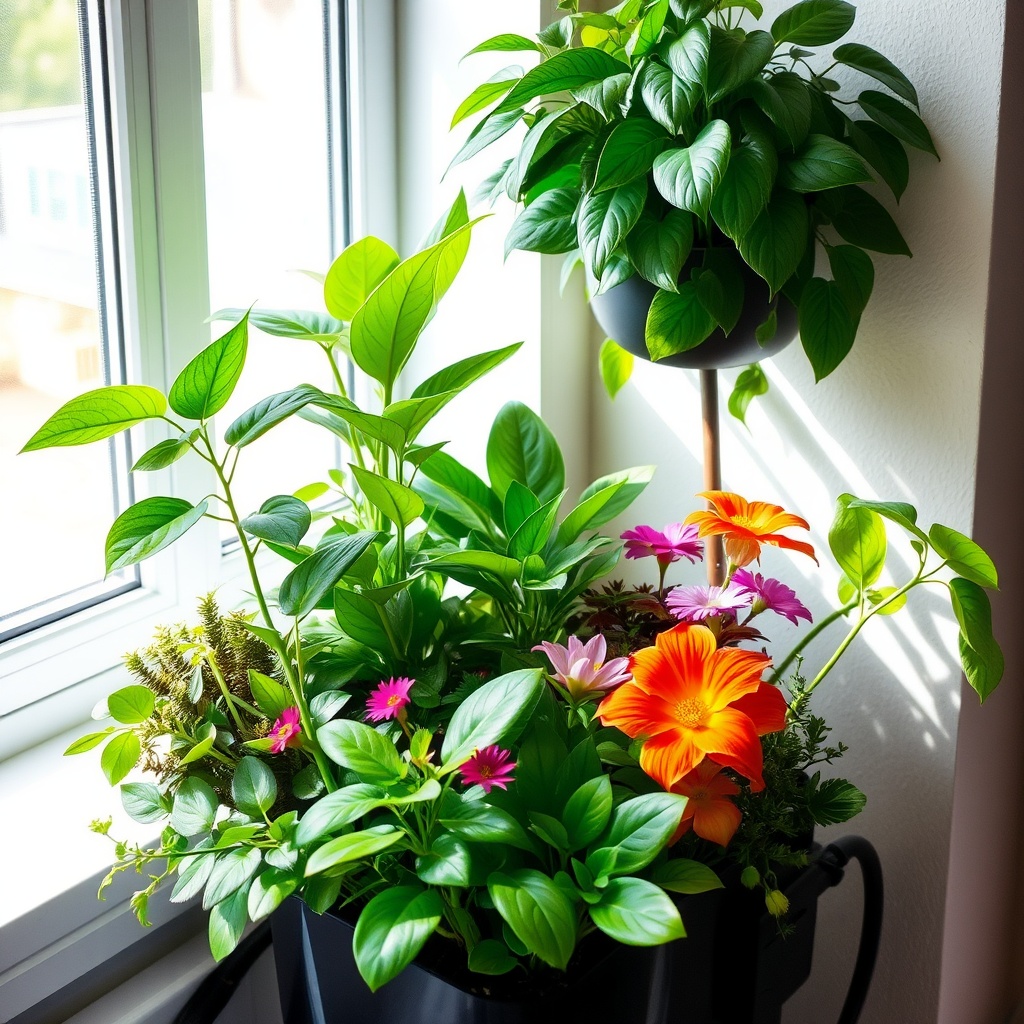Understanding the Role of Calcium and Magnesium
When cultivating an indoor garden, it’s easy to focus solely on water and sunlight while neglecting the essential nutrients that plants need to thrive. Among these vital nutrients, calcium and magnesium play crucial roles in plant health. These minerals not only support structural integrity but also enable various physiological processes. Without them, your plants could face challenges such as stunted growth and nutrient deficiencies.
Signs of Deficiency: How to Identify Issues Early
Recognizing the symptoms of calcium and magnesium deficiency in your indoor plants can save you from potential losses. A keen eye can help you catch these issues before they escalate. Below is a list of common signs to watch for:
- Calcium Deficiency: Look for blossom end rot in fruits like tomatoes or peppers, leaf tip burn in new growth, and overall weak plant structure.
- Magnesium Deficiency: Watch for yellowing between leaf veins, older leaves curling upwards, and poor fruit development.
Solutions: How to Boost Calcium and Magnesium Levels
Ensuring your indoor garden is well-equipped with calcium and magnesium doesn’t have to be complicated. Several methods can help you effectively manage these nutrients:
- Soil Amendments: Adding lime can increase calcium levels, while Epsom salt can boost magnesium concentrations.
- Liquid Fertilizers: Choose fertilizers that contain both calcium and magnesium for easy application.
- Regular Testing: Use soil test kits to monitor nutrient levels and make adjustments as needed.




